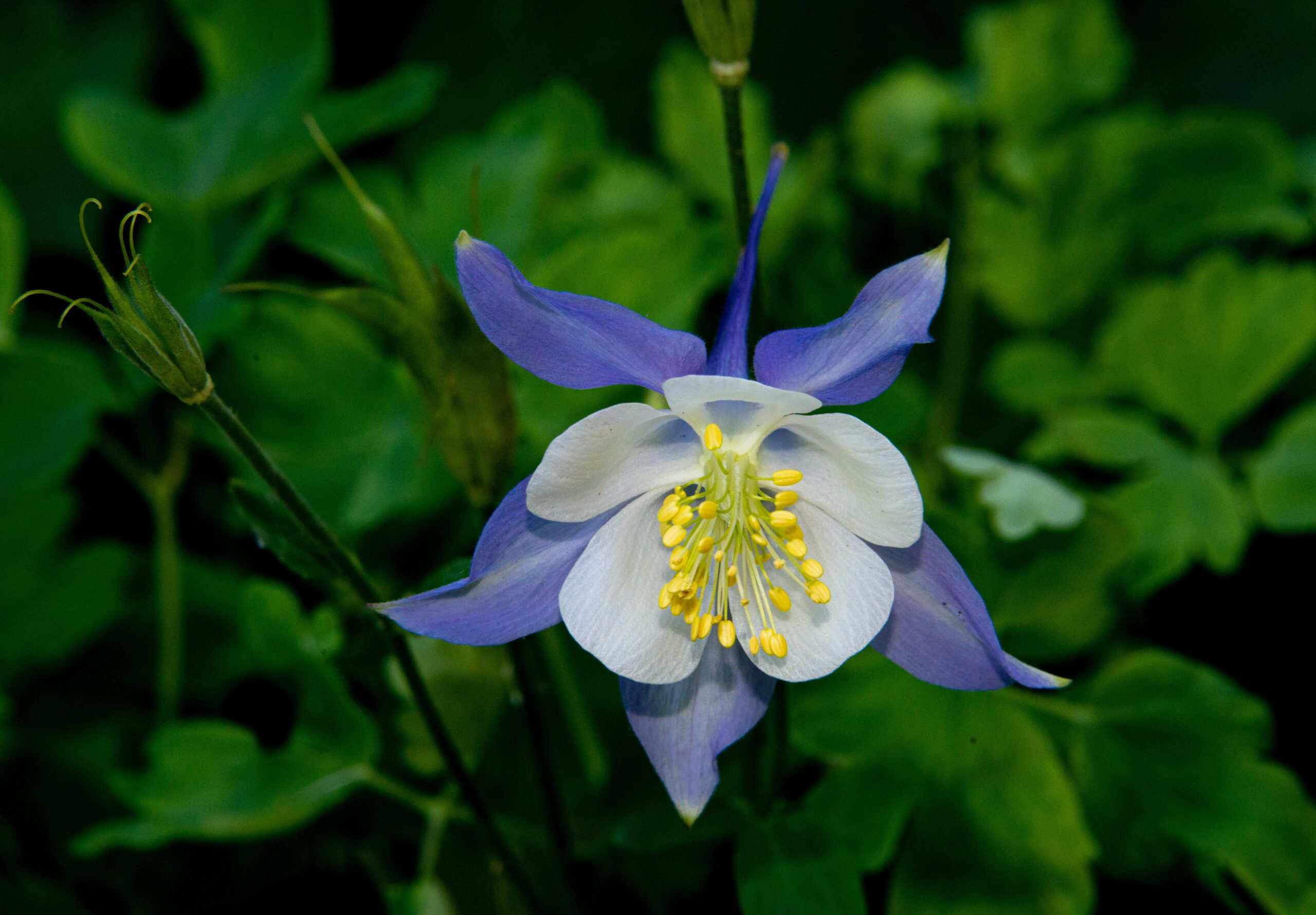Masterwort is a perennial herb native to Europe and Asia. Its leaves contain high vitamin C, calcium, iron, magnesium, potassium, and zinc levels. The plant has also been found to possess anti-inflammatory properties. Learn how to grow and care for Masterwort in few simple steps.
There are two types of masterwort: common and creeping. Common masterwort grows from 2 to 4 feet tall and creeps along the ground. Creeping masterwort grows from 6 inches to 3 feet tall and spreads out horizontally. Both varieties produce white flowers in spring.
Common masterwort is widely cultivated throughout North America and Europe. It’s often grown as an ornamental plant because of its attractive foliage.

Growing Great Masterwort
Masterworts are hardy perennials that grow well in full sun and partial shade. They tolerate drought conditions and thrive in wet soils. You can plant them in containers as well as directly into the soil. They don’t require much maintenance once established.
These plants are perfect for cemeteries, woodland gardens, and cottage gardens. They are very popular among amateur gardeners. They are tolerant of pollution and fertilizers. They prefer acidic soil and do best in moist, fertile loam.
Overwatering causes fungal disease, which leads to seedling death. Soil that is too wet encourages root rot. Water when the soil surface begins to dry out.
How to Grow Masterwort From Seeds
Cold stratification is required to germinate masterwort seeds. This process requires you to place the seeds into a container filled with sand or vermiculite and cover it with a clear plastic bag. Make sure the temperature inside the container is at most 77 F. After one week, water the seeds thoroughly. Keep doing this every seven days. When the roots appear, transfer the plants to the soil.
You can collect the seed from flowers to grow masterwort. Cut off the stem of a flowering plant and gently rub the stem against a piece of paper towel. Remove the seeds from the stem and keep them cool until they are ready to plant. If you want to grow masterwort indoors, put the seeds in a glass jar and fill it with potting mix. Cover the jar with a lid. Water the mixture regularly. In about six weeks, you should see some green shoots in the soil. Once those start growing, transplant them into bigger pots.
The seeds will take about three months to sprout. To do this, soak the seeds in warm water overnight. Following that, rinse them and let them dry completely. Please put them in a sunny window or under fluorescent lights. Do this every day for four to five days. When the seeds show signs of life, move them to a shady spot. Continue to expose them to light and warmth for another few days. You can plant the leaves in the soil as soon as they emerge.

Masterwort Care
Masterworts are easy to grow and require little maintenance. They prefer partial shade and moist soils. They are ideal for shady areas or near water. This plant does best in average temperatures.
- Light
Masterwort prefers shady areas, which makes it a great candidate for containers. This popular houseplant requires about six hours of light each day. If you live in sunny weather, choose another option. However, masterworts are hardy, easy to grow, and very attractive. They require little maintenance and grow quickly.
- Soil
Masterworts thrive in rich, organic soil. It’s important to add plenty of compost to your planting area. You can also use peat moss, perlite, or vermiculite. The soil must be kept moist but never soggy.
- Water
Keep the soil evenly moist at all times. Refrain from assuming the soil to get too dry or too wet. A good rule of thumb is to water once a week during the summer and twice a week during the winter.
- Fertilizer
If you’re growing masterwort outdoors, apply fertilizer once a month. Use a balanced nitrogen, phosphorus, potassium, calcium, magnesium, iron, zinc, copper, manganese, and boron fertilizer. If you’re growing masterworts indoors, fertilize them monthly using an indoor garden fertilizer. Follow the instructions on the package carefully.
- Temperature and Humidity
You can grow masterwort anywhere. But if you have a humid environment, ensure the room stays between 65 and 75 degrees Fahrenheit. If you live in cold weather, keep the temperature above 50 degrees F.

Pruning
When you first bring home your new masterwort, you may notice that its branches look thin and spindly. That’s normal. Prune back any dead or damaged branches. Also, trim away any suckers that appear on the roots. These suckers are the result of overcrowded conditions.
Pests & Diseases
There aren’t many pests that bother masterworts. Aphids and whiteflies are common problems. Keep these insects off your plants by spraying them with insecticidal soap. Diseases such as mildew and black rot are rare. If you see any symptoms, please remove infected parts immediately.
What we love from Amazon this week
Buy these wonderful flowers directly from Amazon:














